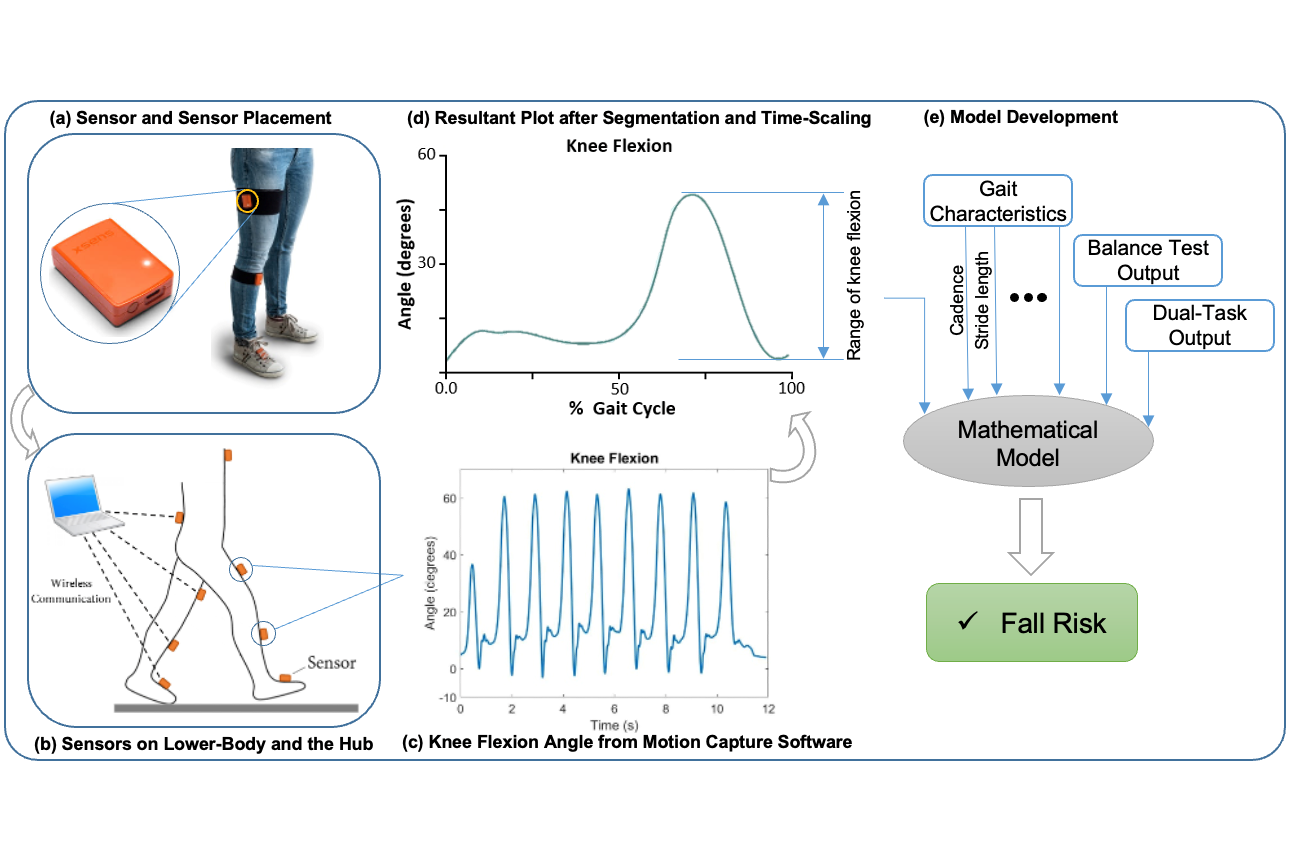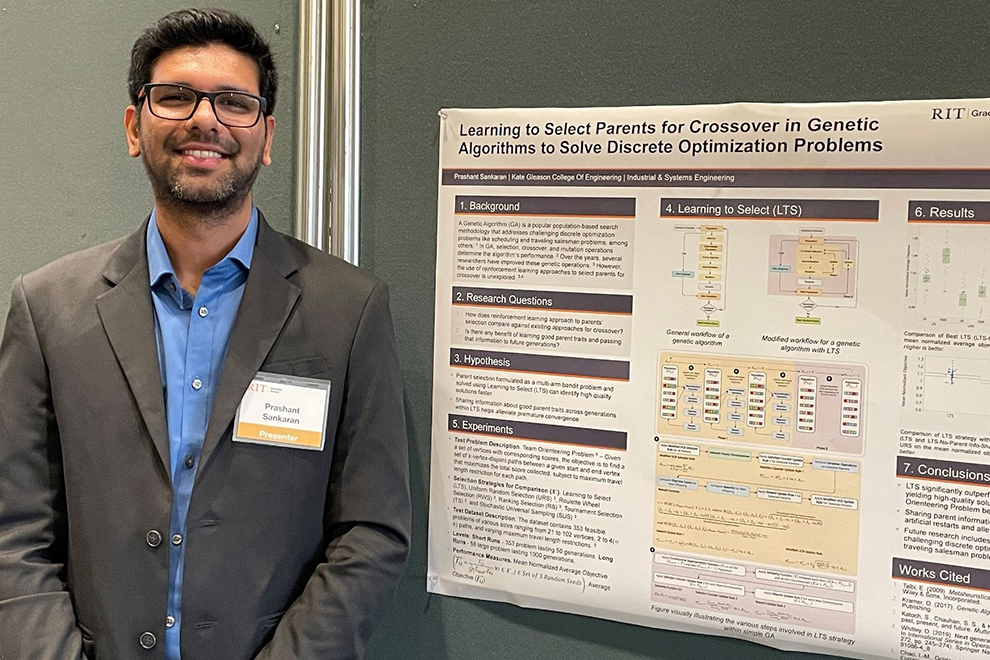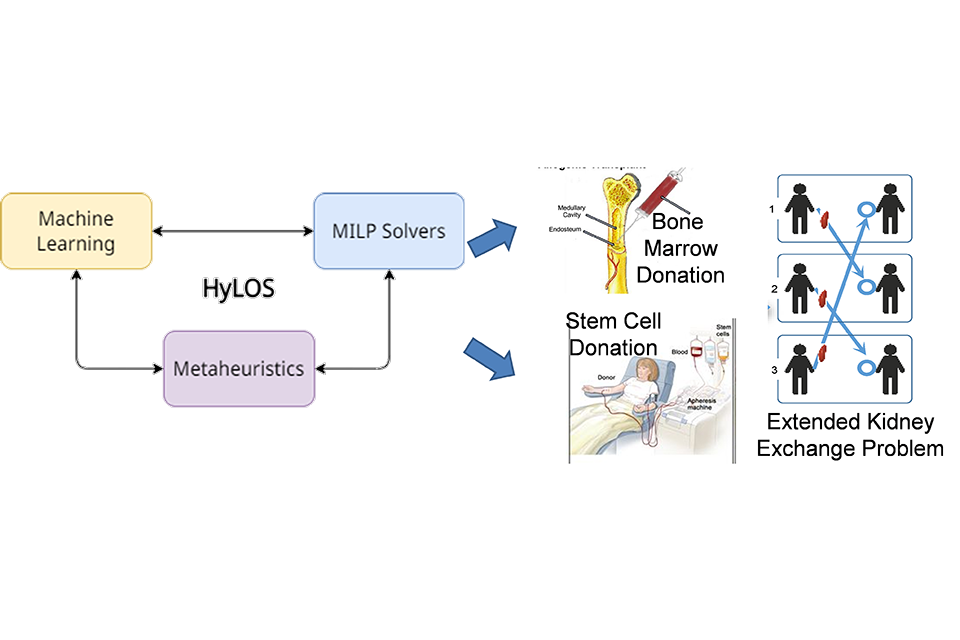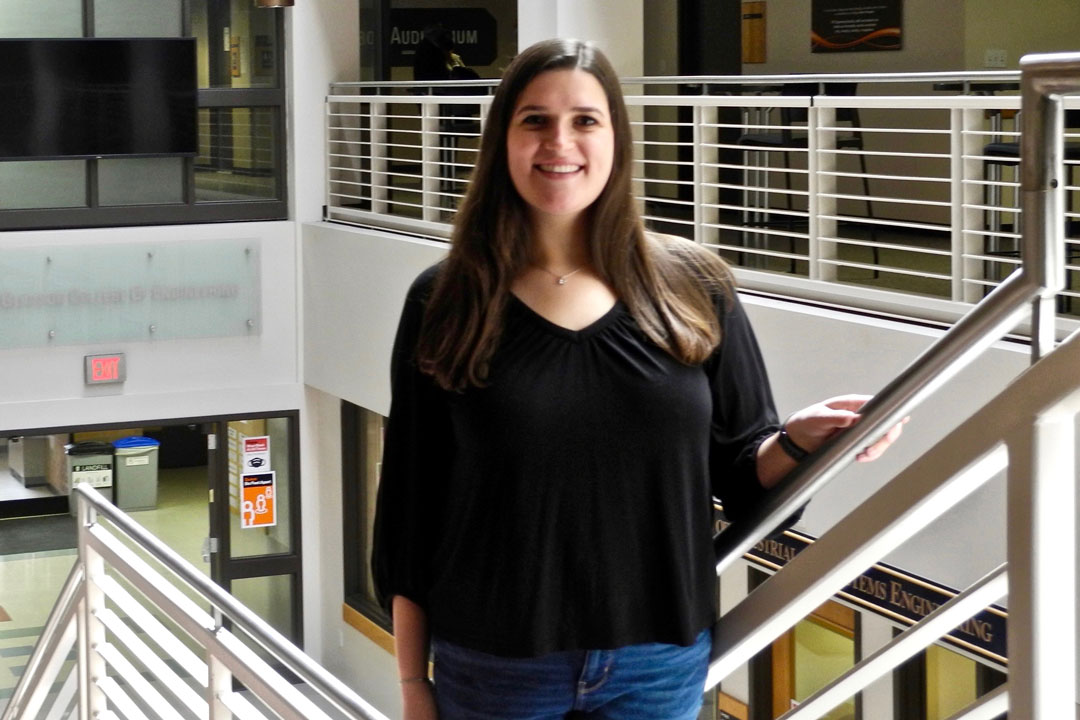An AI-based Fall Risk Assessment Tool for Stroke Survivors: Implementing Detailed Motion Analysis Features while Performing Motor-Cognitive Dual-Tasks
Harnessing the advantages of motion sensors, along with the capabilities of machine learning models, this study aims to solve the long-lasting problem of falls in stroke survivors. The objective of this study is to develop a data-driven fall risk assessment model that utilizes motion data collected from the body segments of stroke survivors while they perform common activities of daily living and motor-cognitive dual tasks.

Each year, over 795,000 strokes occur in the United States, resulting in a staggering financial burden of $34 billion. Stroke patients are particularly vulnerable to falls, experiencing a seven-fold increase in fall risk compared to healthy individuals. Addressing this critical issue within the stroke population necessitates the development of a comprehensive and objective tool for assessing fall risk. To fill this crucial gap, this study aimed to create such a tool.
Under the supervision of Dr. Ehsan Rashed, mechanical and industrial engineering Ph.D. student Masoud Abdollahi has developed a machine learning-based model to identify stroke survivors at high risk of falling. This collaborative project involved both the Rochester Institute of Technology (RIT) and Rochester Regional Health, specifically Rochester General Hospital and Unity Hospital.
In order to develop the fall risk assessment tool, Masoud collected motion data from 41 participants. Motion sensors were strategically placed on eight body segments, including the feet, shanks, thighs, and low back. The participants performed a series of 10 tasks, five of which involved no mental load (single physical tasks), while the other five incorporated a mental load (motor-cognitive dual tasks). The preliminary results showed that the developed model based on extracted features from detailed motion analysis while performing single and dual tasks could identify the high-risk individuals with an accuracy of 78%. The outcomes of this study have the potential to greatly improve outpatient fall-risk assessments for stroke patients, enhancing physicians' decision-making processes regarding the need for assistive devices to prevent potentially severe falls. Furthermore, the results of this study can be utilized to evaluate the effectiveness of various rehabilitative regimens and inform the development of more targeted approaches to reducing fall risk not only for stroke patients but also for other populations with chronic diseases.






